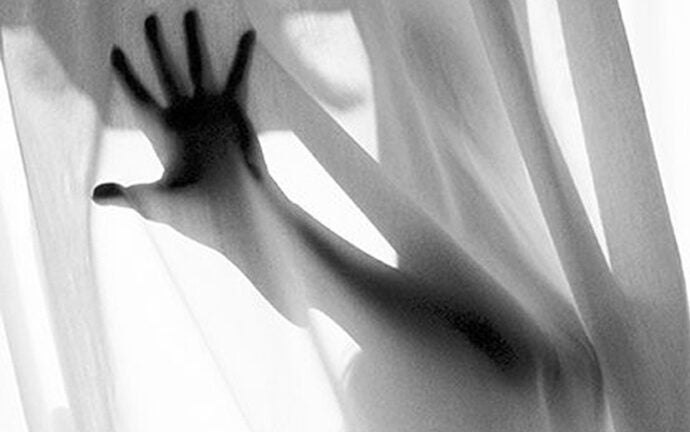
8 Reasons Psycho Taps into the Psyche
September 8 marked the 55th anniversary of the release of Alfred Hitchcock’s quintessential film Psycho. Despite the evolution of digital technology and special effects, many critics believe Marion’s slashing at the Bates Motel stands the test of time as the creepiest murder in cinematic history.
Hitchcock expert Tania Modleski, Florence R. Scott Professor of English at USC Dana and David Dornsife College of Letters, Arts and Sciences, names eight reasons that Norman Bates continues to haunt our bathrooms and rocking chairs more than a half-century after his capture.
8. We empathize deeply with Marion
From the moment unctuous oil tycoon Tom Cassidy flaunts the $40,000 he plans to spend on a house for his daughter, the viewer consciously or unconsciously believes that such a jerk deserves to be ripped off. Even the most ethical of movie-goers shares Marion’s impulse to stuff the cash into a suitcase and run.
7. We empathize with Norman
Although the original novel by Robert Bloch paints Norman as portly and balding, Alfred Hitchcock chose young and attractive Anthony Perkins to play Norman because the actor doesn’t fit the description of the typical Hollywood murderer. Add a mild manner and a slight stutter, and Norman’s character becomes vulnerable, sympathetic almost.
6. We share Marion’s guilt-provoked anxiety
As Marion drives away with the stolen money, the camera angle changes back and forth from having us see Marion to having us see as Marion, making viewers feel as if we, too, are behind the wheel of a getaway car.
5. The music strikes a chord
The film’s score is done entirely with strings, which evokes tension, especially as the sounds escalate into the screeching violin sounds.
4. The murder is foreshadowed
Critics and scholars — Modleski included — believe the sudden downpour and arced windshield wiper motions prefigure the murder scene.
3. Marion is almost an anagram of Norman — and is a direct anagram of “I Norma,” Norman’s mother’s name
This literary technique further obscures the demarcation between the two main characters.
2. Marion dies right as she comes clean
Marion is murdered directly after she decides to turn herself in — symbolically stepping into the shower to cleanse herself of her sins. This goes against everything Hollywood — and Aesop — have taught us about redemption through honesty.
1. We all have a little Norman Bates in us
Norman’s line, “We all go a little mad sometimes,” blurs the line between villain and victim — innocent and guilty — raising the question for everyone watching: “Just how mad?”

Tania Modleski. Photo by Peter Zhaoyu Zhou.
Tania Modleski is the author of The Women Who Knew Too Much: Hitchcock and Feminist Theory (Routledge, 2015). First published in 1988, the book was recently released in its third edition, an exceptionally rare achievement for a scholarly text. In it, Modleski analyzes seven films by Hitchcock including Psycho. This latest edition features an interview of Modleski by film scholar David Greven as well as a study guide.